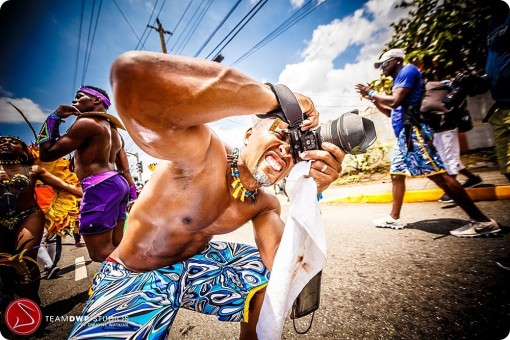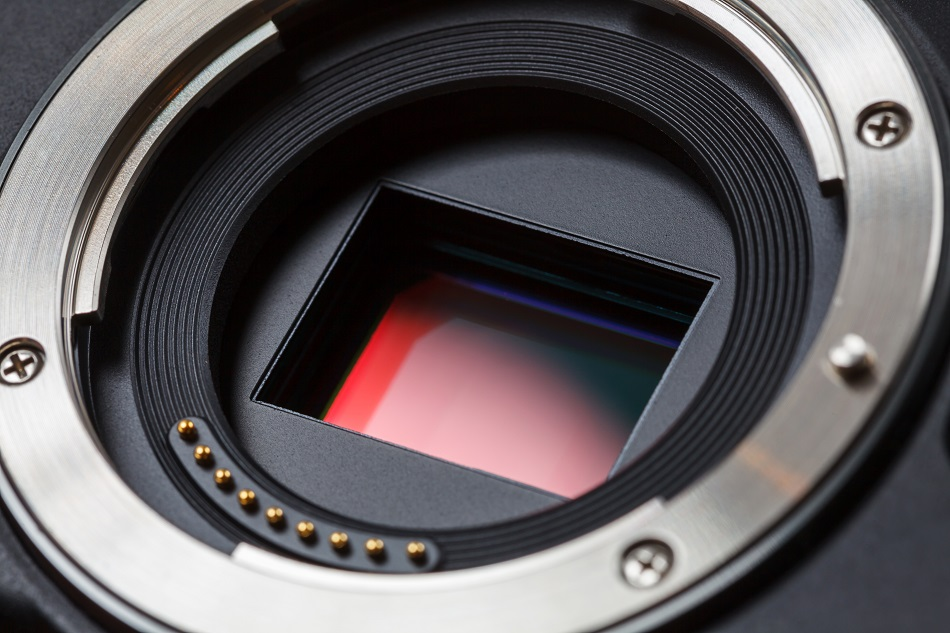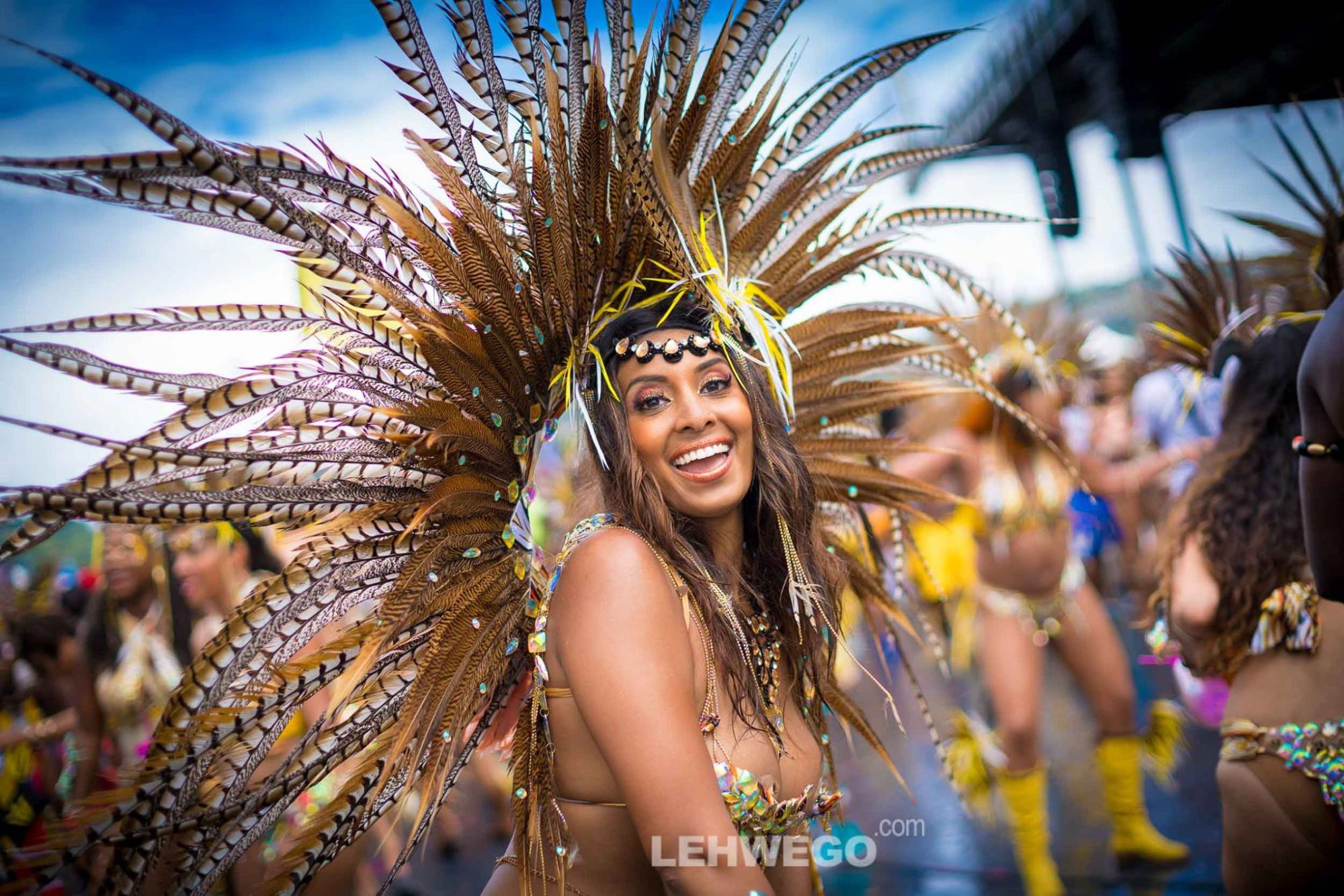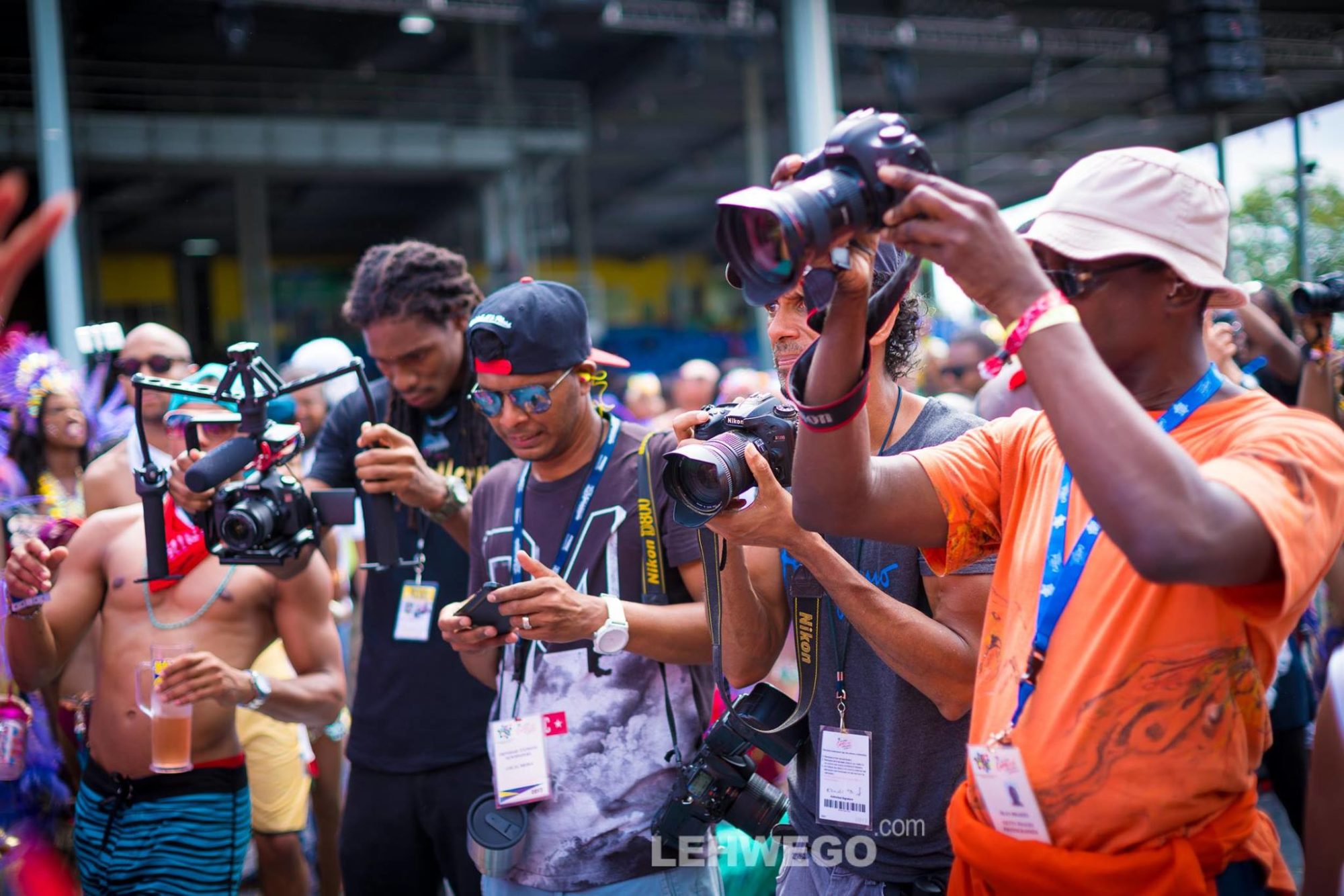What you need to take the most awesome carnival photos!
I started photography as a hobby. My father loved it and our house in my childhood was decorated with photos he had taken and it spurred my interest. Later, in university, I was always the one taking the photos on any group trip trying my best to capture the memories.
When I started my blog I started out with a small $100 camera to help capture my carnival memories. I quickly moved up to the best point and shoot I could afford (panasonic LX5). Then a good “APSC” sized sensor camera (sony NEX5) and finally started my journey with full frame cameras with a Sony a7.
At the same time, I slowly learned how to compose shots, edit photos and capture moments.
I was heavily influenced by my friends Dwayne Watkins and Steven McFarlane of DWPhotography fame but eventually built my own shooting and editing style and “look” to my photos which is evolving and growing even to this day.

My journey was helped along by a LOT of research, tips and advice from those more experienced than myself. Without that, I would not be where I am today with my photography.
So, today I give my tips, tricks and advice to other hobbyist carnival photographers that are looking to make their start. There is always room for another great photographer on the road and if I can help someone on their journey this post is the least I could do.
Equipment:
If you are serious about carnival photography, it’s worth your while to invest in adequate gear. A cell phone can take great shots but (for now) still can’t compare to a dedicated camera when it comes to speed to capture the moment, image quality, longevity to capture more shots and the ability to edit the images for the best possible image.
There are, in basic and very general terms, two levels to the cameras you can buy for serious mainstream photography. Those levels are generally related to the size sensor in the camera.
APSC is the smaller and more affordable size sensor. Modern APSC cameras will give you exceptional performance identical to more expensive cameras in most normal, non demanding situations. They are a fantastic, affordable way to start in this photography hobby and allow you to hone your skills and get great shots while spending less.
The larger sensor is called a “full frame” sensor. For various reasons this size sensor will give better performance in more difficult (low light) situations and the best tech is usually put into cameras with this size sensor. This is the kind of camera you need if you like taking photos at the limits of low light capabilities and need more speed, accuracy and editing latitude with your shots.

One specific thing I want to mention is the autofocus system of your camera. Make sure your camera body has good and fast autofocus. This can be the difference between multitudes of great shots and a world of endless, frustrating missed focus. Thankfully, with most major brands, autofocus (at least in good light) is fast and accurate
Lenses
The next piece of the puzzle is a good lens.
Early on in my journey I learned that the easy way is often not the best way. General purpose zoom lenses (that can shift from wide angles to zoomed in) often give images that are just not as pleasing. They offer much less background blur which is directly linked to their poorer low light capabilities. They also often distort the images taken and usually are not as sharp. The only way to overcome these limitations is to make it HUGE and EXPENSIVE. For most of us it’s not worth it. I for one shoot almost exclusively on what’s called a prime lens.
Prime lenses cannot zoom in or out. They are fixed at one level of “zoom” (one fixed “focal length”). The trade-off is better clarity, sharpness, background blur (and linked ability to let more light in to the sensor). If you want a different level of zoom (in or out) you have to take the time to change to a different lens with a different focal length. Prime lenses in my experience give the biggest improvement in image quality when compared to other equipment upgrades you can do.
Pro Tip. Something as simple as a clean lens can make the difference between “ok” and “EPIC”. Walking with a camera on the road in mas all day, your lens inevitably gets dusty or touched by greasy sweaty skin as someone slithers by. Keep microfibre cleaning cloths to ensure the lens stays immaculate all day. Also keep that lens hood on all the time….even at night, to keep other peoples sweaty and greasy skin away from your lens.

The Eye
Now ” The Eye” is something you often cannot be taught. But practice can get you to your best you.
For many photographers ,you have a vision and then get your subject into position and light the scene to make that vision a photographic reality. It’s totally different for me in carnival.
In general I take in the scenes of joy and debauchery around me and moment by moment look for the images I find pleasing in the crowd around me. When I see something nice I point, focus and shoot as quickly as possible to capture that moment. It requires a quick trigger finger and a camera that’s up to the task with autofocus. Thankfully my sony a99ii has been up to the task.
My shooting is mostly candid, spontaneous moments that give my photos their character, strongly influences my equipment needs, limits me in some ways and releases me from my own limitations in others.

The end result of all this is you developing YOUR own unique style and then slowly, over time, improving your skills. You will have your good and bad days but over time you will only get better and better.
Take a look at some of my favourite sets




